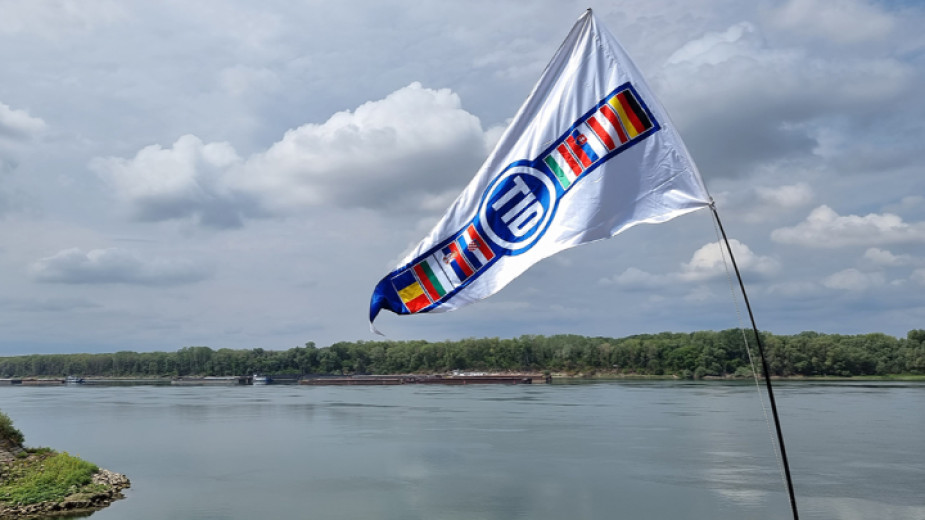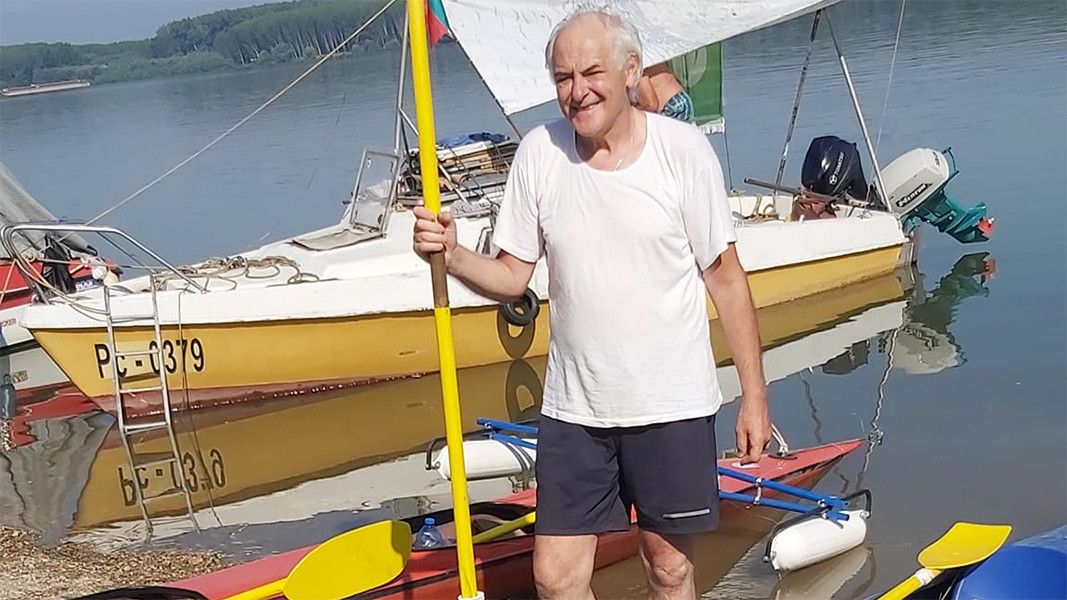 7
7
People from the towns along the River Danube have grown accustomed to seeing the participants in one of the world’s oldest rowing tourist tours - Tour International Danubien - in summer. The international tourist regatta along the Danube has been taking place since 1956, within the space of two and a half months, with the rowboats covering a distance of 2,516 kms.
Bulgaria has been a stopover along the way since the very beginning of the regatta. In Silistra and Vidin there even exists a tradition to welcome the participants with music and dancing. That is, in fact its main target, set from the beginning - to bring together people from diverse cultures with all their political, religious and ideological differences. And to build friendships and strengthen solidarity among nations, especially the countries along the Danube. The route this year started on the last weekend of June from Ingolstadt in Germany, where the idea actually ordinated. From there, it continued across the co-organizing countries Austria, Slovakia, Hungary, Croatia, Serbia, Bulgaria and Romania. Most of the participants in this year’s 66th edition of the regatta covered the Bulgarian section in the last ten days of August. However, for security reasons, the final point of Tour International Danubien this year is not, as usual Romania, where the biggest European river flows into the Black Sea. It ends on Bulgarian territory – at Silistra.
Interestingly, people of all ages, and all kinds of professions take part in the route. And each takes part according to their individual abilities and chooses the length of the section they will cover, as well as their resting points. The only requirement is to be physically fit, and to comply with the safety instructions of the organizers.
One of the people representing Bulgaria at this year’s international regatta was Ivo Piperkov, lecturer at St. Kliment Ohridski university, Sofia, with a grand passion for water sports. He says taking part in the rowing tour is, for him, a youthful dream come true:
“The separate legs differ in length – between Novo Selo and Vidin, where I myself started, the section is 32 kms. long, but, let’s say from Vidin to Lom it is longer – 42 kms.” Ivo Piperkov explains. “If anything unforeseen happens along the way, the participants can always withdraw, but even if they only cover an individual section of the regatta, the experience is still thrilling, because here you get to meet all kinds of people, and each one of them gives you valuable information – it’s like meeting old friends. Nights on the Danube are very interesting. There are people who have taken part in the first editions of the regatta, and who have wonderful stories to tell. On Bulgarian territory, there are 13 bivouacking sites, the best organized among them being those in the municipalities of Vidin and in Silistra. 
As you travel, you can follow your own programme. But there are unforeseen circumstances – for example, my team was unable to take one of its planned breaks because the water level had risen unexpectedly. One of the pleasant surprises for all participants was the way we were welcomed in Vidin, where a guided tour of the landmarks in the city was organized, and in the evening the participants were invited to a concert of the philharmonic orchestras of Vratsa, Vidin and Pleven. That really made an impression, especially with the guests from abroad. In Lom, one of the stopovers in the regatta, a folklore dance group demonstrated authentic Bulgarian folklore, and that too is something the participants in the Danube route are going to remember.”
The rowing route from West to East along the Danube lays claim to being the route with the longest duration in the world. It is an event for the whole of Europe, and for all people living in the vicinity of the Danube, Ivo Piperkov goes on. On some of the days there were no less than 150 participants, he says, Bulgarians and foreigners, joining the regatta from the Bulgarian banks. Anyone can join in at any given point, as long as they have a rowboat.
“I have always loved water sports,” Ivo Piperkov says. “I have practiced rowing, sailing, but the Danube route has its specifics which cannot be described, they have to be experienced. The river is wonderful, it brings a sense of tranquility, it is a revitalizing force, but it can also bring all kinds of surprises. For example, the scorching summer sun, the wind, and even the waves which can rock the ships sailing on the river. It is an emotion that is well worth experiencing.”
Translated and posted by Milena Daynova
Photos: Ivo Piperkov, BTA, Lom municipality, Vidin municipality
Bulgaria’s Ministry of Tourism participated in the most significant international tourism exhibition in Japan— Tourism Expo Japan (TEJ), held from September 25 to 28, 2025, at the Aichi Sky Expo exhibition venue in Nagoya, Aichi Prefecture...
The story of Gostilya is a journey back in time, showing how the tiny Catholic community there has managed to preserve its identity and faith despite the ups and downs of history. Located in north-western Bulgaria, the village is one of the last..
Albena JSC is the only Bulgarian tourism company among nearly 300 firms participating in the International Tourism Fair (ITF) in Istanbul. '' What makes us happy is the great variety of participants. Alongside Turkish companies, there are companies..

+359 2 9336 661
